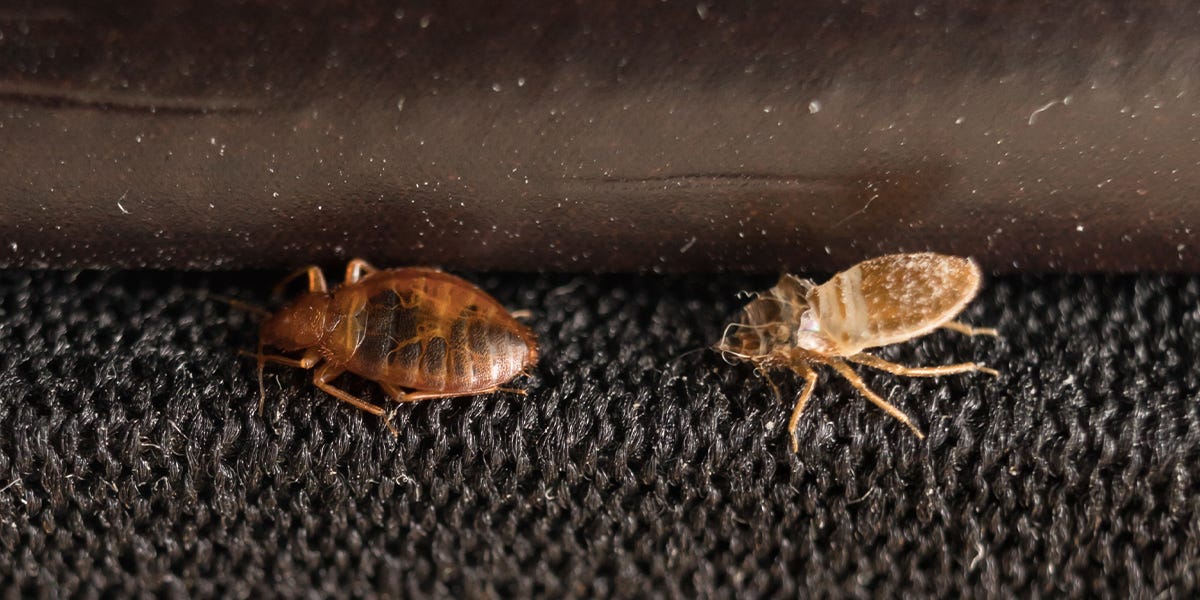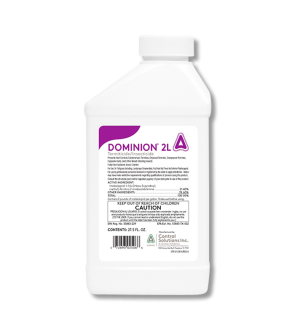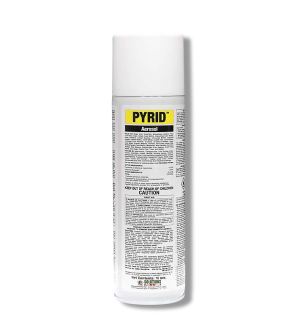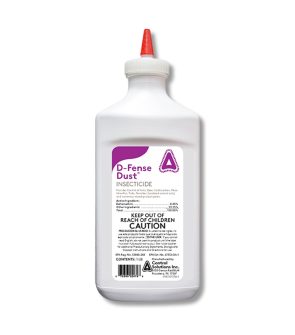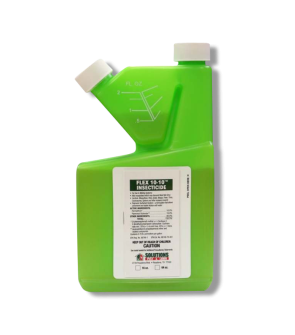Pests Commonly Mistaken For Cockroaches
Most Effective Products
Pests Commonly Mistaken For Cockroaches
This page is a general article that will discuss insects that are similar in appearance to cockroaches. By learning more about these pests and ways to differentiate them you can effectively remove them without wasting pesticide material. By following the recommended steps and products listed in this DIY guide your pest infestation will be completely removed and prevented.
Cockroaches are among the most common pests within schools, homes, resteraunts, and office settings. These disgusting insects tend to feast on whatever we do and are especially prevalent in areas that food is prepared or stored. During their feeding activity, the cockroach secretes hazardous fecal matter containing disease-causing organisms.
Unfortunately, as diverse as the insect world is there are insects similar in appearance to cockroaches. Common insects that look cockroaches, and sometimes are mistaken for them are waterbug, crickets, ground beetles like the June beetle, and bed bugs. While none of these pests are ideal for your home it is essential to know the difference between each one for proper pest control methods and products.
Each insect that enters your home can carry several potential disease and cosmetic damages. Along with learning how to identify between each species of insects, this DIY guide will also provide you with helpful tips on pest prevention and control.
June Beetles

With numerous species of ground beetles, some can look like cockroaches. Most ground beetle species contain two sets of wings, but not all species can fly. These pests also possess six legs and sometimes brown coloration, which mistakes them for other cockroach species. A common way to separate between cockroaches and ground beetles is to examine the head and body sizes.
Ground beetle species have smaller heads than cockroaches and will measure at least 1/16 inches. The most common beetle species to be mistaken for cockroaches is the June bug due to its brown coloring, tendency to crawl across surfaces, and back and forth flying motion.
Water Bug

Waterbugs are often called cockroaches and vice versa. Some species of pests are similar in appearance, but have their own defining characteristics. As their name suggests waterbugs infest areas containing standing water like swimming pools whereas cockroaches infest moist area within homes like underneath sinks. Waterbugs is a broad term used to defer to different moisture dependent insects such as brown water bug or oriental cockroaches.
However, most waterbug species have piercing mouthparts that allow to penetrate surfaces to suck juices out of food sources. Depending on the pest, some waterbug species either live on the surface of the water or beneath it. Another difference between waterbugs and cockroaches is that they are more known to bite than cockroaches and are slighly larger at half an inch long. Most homeowners mistake waterbugs for cockroaches because of their similar oval shape, antennae set, six legs, and tendency to be found near water sites.
Crickets

At first glance, an unmoving cricket can easily be mistaken for cockroaches during warmer seasons like summer. Crickets have cylinder shaped bodies, rounded heads, long antennae's and wings. Most homeowners confuse a cricket with cockroaches due to their long antennae's, six legs, and body shape. They also range between different colors such as brown and black, which can also misinterpret them for cockroaches.
Bed Bugs

Roaches' during the early stages of development are often confused with bed bugs because these pests have same reddish-brown coloration, flat oval body shape, six long legs covered with hairs, and a set of long antennae. Since roaches do not posses a pair of wings during their nymphs stage and usually measure half in inch in size can easily misinterpret them for bed bugs.
In contrast to bed bugs, cockroaches are fast crawlers that zip across multiple horizontal and vertical surfaces. While bed bugs can also crawl they will need surfaces containing fibers, indentions, or loose cords to climb. Any surfaces that are smooth like bathtubs are much harder for bed bugs to travel against. Bed bugs are also blood dependent pests that bite on people whereas cockroaches feed on food debris or moisture.
Key Takeaways
What Bugs Look Like Cockroaches?
- Waterbugs, crickets, ground beetles like June bugs, and bed bugs are insects that are similar in appearance to cockroaches.
Difference between Cockroaches and Other Listed Insects
- Most cockroach species can be identified by their fast, ornate movement, clumsy short flight patterns, coloration, and tendency to invade warm, moist environments. In contrast to waterbugs, cockroaches do not live in water and only near water sites like plumbing, water furnaces, and underneath appliances. Cockroaches can also be specified by their fleeing nature whereas bed bugs, waterbugs, and sometimes June beetles can behave more aggressively through biting.
How to Get Rid of Bed Bugs
- We recommend using a combination of products to effectively eliminate bed bugs from your home. First you will want to leave all belongings in their original place and begin cleaning. Next, you will apply a combination of Flex 10-10 and Gentrol IGR Concentrate on mattresses, box springs and carpeting. Then you will treat cracks and crevices with Pyrid Aerosol. Lastly, you will treat behind electrical outlets and wall voids with D-Fense Dust.
How to Get Rid of Waterbugs, Crickets, and June Bugs
- To prevent and control insect activity, it is recommended to mow your yard when it reaches a height of 3 inches and prune overgrown foliage. perform a perimeter treatment with Supreme IT across your yard and around your home to eliminate pests like waterbugs, crickets, and 70 other type of insects. For beetle control such as June bugs use Dominion 2L across your yard with a hose-end sprayer.
